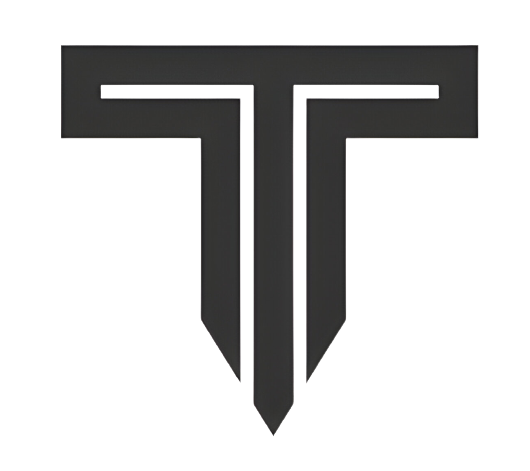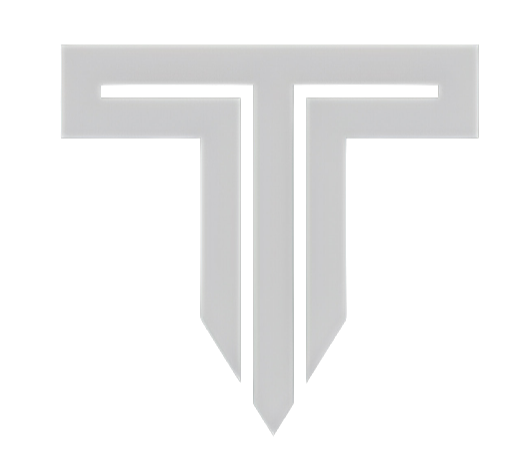Fire safety is not just a legal requirement—it’s a responsibility that every business must take seriously to protect people, property, and operations. Workplace fires can cause devastating losses, and in many cases, they could have been prevented or controlled if proper fire protection systems were in place. Among the most effective solutions available today are fixed fire systems, which provide automatic detection and suppression of fires before they spiral out of control.
Interestingly, when professionals train in recognized qualifications like a NEBOSH course in Pakistan, they often emphasize the importance of having permanent fire protection systems as part of a company’s compliance and risk management strategy. This shows how interconnected safety education and workplace hazard control really are.
In this article, we will explore why fixed fire systems are essential for businesses, how they help with compliance, and what steps you can take to install them effectively. Along the way, we’ll also share real-life stories, practical guidance, and a clear step-by-step approach for business owners who want to safeguard their workplace.
The Rising Threat of Workplace Fires
Every workplace, no matter how safe it may seem, carries some level of fire risk. Offices may deal with electrical overloads, factories often have flammable materials, and warehouses can quickly become a hazard if safety measures are neglected. Fire does not discriminate—it spreads rapidly, damaging property, halting operations, and most tragically, endangering lives.
Take the example of a medium-sized textile factory where a small spark from faulty wiring turned into a massive blaze. The factory had extinguishers, but no fixed fire suppression system. By the time firefighters arrived, the fire had consumed most of the production line. The business suffered not only financial loss but also faced legal action for non-compliance with fire safety laws. This could have been avoided with a properly installed fixed system.
Why Fixed Fire Systems Matter for Compliance
Compliance with fire safety regulations is not optional—it is mandatory. Most regulatory bodies require businesses to have permanent fire suppression measures, especially in high-risk industries. Installing fixed fire systems demonstrates that your business takes safety and compliance seriously.
These systems include fire sprinklers, foam systems, gas suppression systems, and water mist technology, depending on the type of risk. Regulators expect businesses to go beyond just placing fire extinguishers on walls. They want evidence of proactive systems that automatically respond in case of an emergency.
Moreover, compliance isn’t just about avoiding fines or passing audits. It’s about showing employees, customers, and partners that your company values human life and workplace safety above everything else.
The Benefits of Installing Fixed Fire Systems
1. Early Detection and Suppression
Fixed systems are designed to detect and respond instantly. Whether it’s smoke, heat, or flames, the system reacts before humans even realize there’s a problem. This quick response can stop a fire from spreading, protecting both lives and assets.
2. Business Continuity
A fire can bring operations to a standstill. By investing in fixed suppression, businesses minimize downtime and safeguard revenue. It’s not just about saving money—it’s about keeping your company running smoothly even in the face of hazards.
3. Employee Confidence
When employees know that proper safety measures are in place, they feel more secure. This leads to better morale, higher productivity, and stronger trust in management.
4. Legal Protection
Failure to comply with fire safety standards can result in lawsuits, penalties, or even closure of the business. Fixed fire systems act as a safeguard against legal consequences, giving you peace of mind.
Real-Life Anecdote: The Difference a System Made
A technology firm in Karachi had installed an advanced fire suppression system in its server room. When an electrical short-circuit occurred, the system immediately released a clean agent gas that extinguished the fire within seconds—without damaging sensitive equipment. Because of this, the company avoided what could have been millions of rupees in damages and weeks of downtime.
This story highlights how fire suppression is not just about compliance—it’s about protecting the very heart of a business.
Step-by-Step Guide to Implementing Fixed Fire Systems
Step 1: Conduct a Fire Risk Assessment
Before choosing a system, businesses must understand their unique fire risks. A small office may need sprinklers, while a chemical plant may require foam or gas suppression. Bringing in certified safety professionals is the best way to start.
Step 2: Choose the Right System
Not all systems are created equal. Water-based sprinklers work well in offices and warehouses, but they may damage electronics. Gas-based systems are better suited for IT environments, while foam is effective in industrial facilities with flammable liquids.
Step 3: Hire Certified Installers
Cutting corners during installation is dangerous. Always hire professionals who understand both compliance requirements and technical installation. This ensures that the system is reliable during emergencies.
Step 4: Train Your Employees
Even the best system needs human cooperation. Train your staff to respond effectively in case of fire, understand alarms, and follow evacuation procedures.
Step 5: Regular Maintenance and Testing
Compliance isn’t a one-time thing. Schedule regular inspections, test alarms, and ensure that every component of the system is functioning. Neglecting maintenance is as risky as not having a system at all.
How Training Complements Fire Safety
It’s not enough to simply install equipment. Businesses must also invest in safety education. Many organizations enroll their safety officers in programs like the NEBOSH course in Pakistan, where fire safety, risk management, and hazard prevention are taught in detail. This combination of knowledge and technology creates a strong defense against fire hazards.
The Cost of Ignoring Fire Safety
Ignoring fixed fire systems may save money in the short term, but the long-term risks are massive. Imagine an office without sprinklers where a small electrical fire spreads overnight. By morning, the company has lost its entire infrastructure. The cost of rebuilding, the loss of client trust, and the legal consequences can put a business out of operation permanently.
On the other hand, businesses that invest in compliance gain trust, improve brand reputation, and save money in the long run. Fire safety is not an expense—it’s an investment in the future.
Read more about NEBOSH course fee in Pakistan to strengthen your fire safety knowledge.
Conclusion
Fixed fire systems are a cornerstone of workplace safety and compliance. They offer early detection, quick suppression, legal protection, and peace of mind for both employees and business owners. Beyond the legal side, these systems show that your company genuinely values human life and operational continuity.
The choice is simple: invest in fire safety now or risk losing everything later. When paired with proper safety training and compliance education, fixed fire systems become not just a requirement—but a lifesaver.


